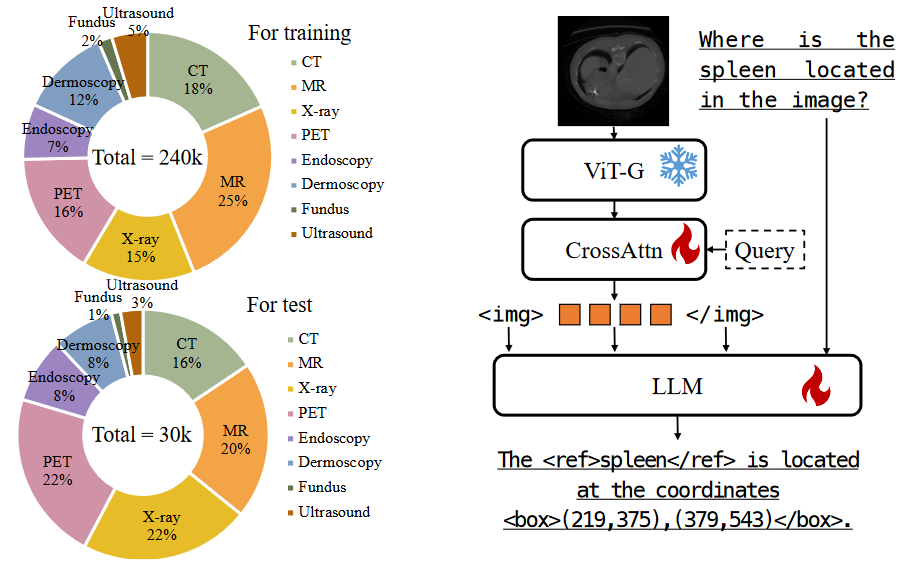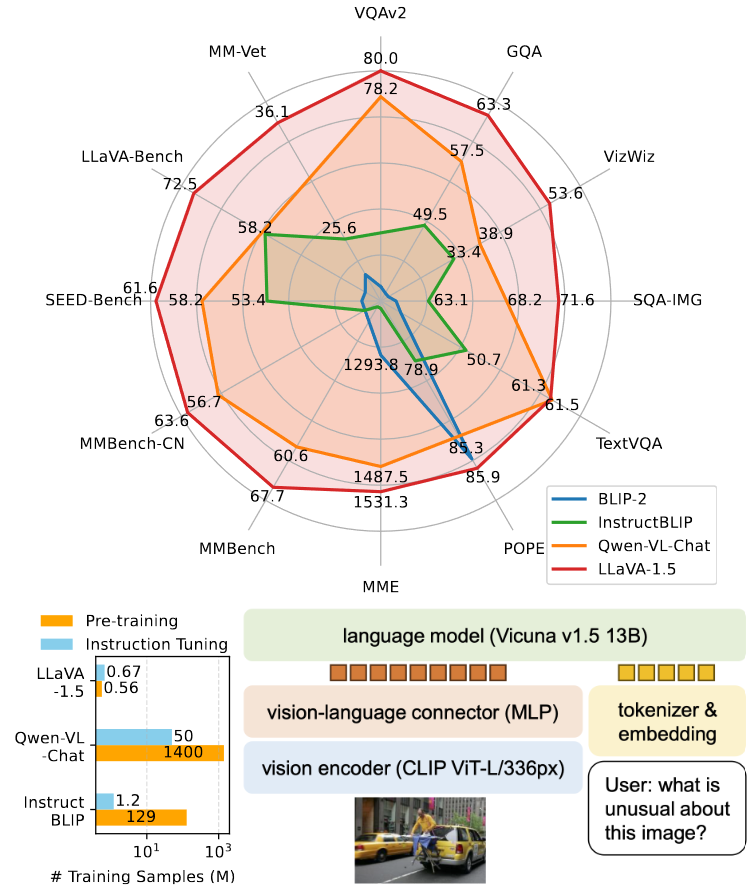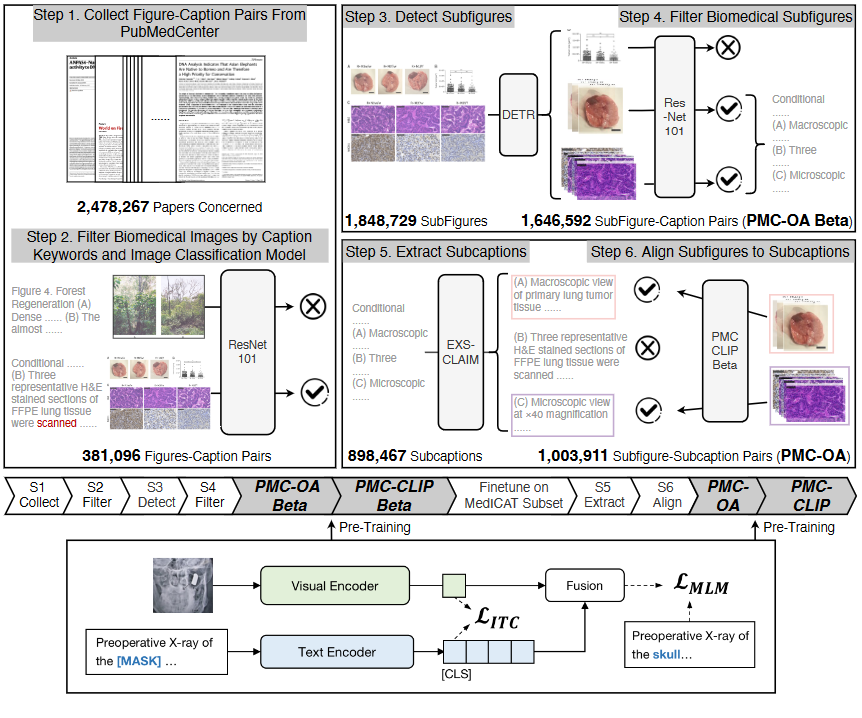现代卷积神经网络(6)-GoogleNet
含并行连结的网络(GoogLeNet)
GoogLeNet吸收了NiN中串联网络的思想,并在此基础上做了改进。 这篇论文的一个重点是解决了什么样大小的卷积核最合适的问题。 毕竟,以前流行的网络使用小到1×1,大到11×11的卷积核。 本文的一个观点是,有时使用不同大小的卷积核组合是有利的。
- Inception块相当于一个有4条路径的子网络。它通过不同窗口形状的卷积层和最大汇聚层来并行抽取信息,并使用1×1卷积层减少每像素级别上的通道维数从而降低模型复杂度。
- GoogLeNet将多个设计精细的Inception块与其他层(卷积层、全连接层)串联起来。其中Inception块的通道数分配之比是在ImageNet数据集上通过大量的实验得来的。
- GoogLeNet和它的后继者们一度是ImageNet上最有效的模型之一:它以较低的计算复杂度提供了类似的测试精度。
导入库,定义Inception块
在GoogLeNet中,基本的卷积块被称为Inception块(Inception block)

Inception块由四条并行路径组成。 前三条路径使用窗口大小为1×1、3×3和5×5的卷积层,从不同空间大小中提取信息。 中间的两条路径在输入上执行1×1卷积,以减少通道数,从而降低模型的复杂性。 第四条路径使用3×3最大汇聚层,然后使用1×1卷积层来改变通道数。 这四条路径都使用合适的填充来使输入与输出的高和宽一致,最后我们将每条线路的输出在通道维度上连结,并构成Inception块的输出。在Inception块中,通常调整的超参数是每层输出通道数。
1 | import torch |
定义GoogLeNet网络
GoogLeNet一共使用9个Inception块和全局平均汇聚层的堆叠来生成其估计值。Inception块之间的最大汇聚层可降低维度。 第一个模块类似于AlexNet和LeNet,Inception块的组合从VGG继承,全局平均汇聚层避免了在最后使用全连接层。

1 | b1 = nn.Sequential(nn.Conv2d(1, 64, kernel_size=7, stride=2, padding=3), |
载入数据集,图像预处理
1 | def load_data_fashion_mnist(batch_size, resize=None): #@save |
定义正确率计算:
1 | class Accumulator: #@save |
图像绘制
1 | class Animator: #@save |
计时函数
1 | class Timer: #@save |
训练模型函数
1 | #@save |
评估模型
和以前一样,我们使用Fashion-MNIST数据集来训练我们的模型。在训练之前,我们将图片转换为96×96分辨率。
1 | lr, num_epochs = 0.1, 10 |
本博客所有文章除特别声明外,均采用 CC BY-NC-SA 4.0 许可协议。转载请注明来自 HUI!
评论
ValineDisqus





